In the paced digital era we live in financial services are constantly evolving to meet the ever changing needs of consumers. One particular innovation that has gained attention in times is open banking. While some individuals may already be familiar, with this concept many others are still unaware of what banking entails and how it can positively impact them.
This blog post aims to provide an overview of banking and delve into its potential effects on the financial landscape.
Table of Contents
Understanding Open Banking
Open banking refers to a system that enables banks and other financial institutions to securely share customer data with third party providers (TPPs) through Application Programming Interfaces (APIs). After obtaining explicit consent from customers. This data sharing empowers TPPs to develop and offer a range of financial products and services ultimately helping consumers improve their financial management.
During the Covid 19 lockdowns there was a surge in the popularity of banking apps. This can be attributed to the fact that prior to the banks did not prioritize investing in personalized banking apps possibly due to their perception that they were too dominant, within the industry to be threatened by the growing fintech sector. An assumption that proved correct.
During the pandemic there was a growing demand, for banking solutions. Fintech companies had the ideas. They lacked access to banking data to make their solutions effective. It was at this point that both traditional banks and fintechs realized that collaborating of competing could benefit both sectors.
Some of the apps that emerged during this period are focused on open banking;
1. Mint: An app designed to help users manage their finances by tracking expenses creating budgets and monitoring credit scores.
2. Plaid: A platform that enables developers to create applications by connecting them to users bank accounts providing access to transaction details account balances and other financial information.
3. Tink: A banking platform that equips developers with tools to build personalized financial services like account aggregation, payment initiation and personal finance management solutions.
4. Bud: A financial technology platform that facilitates collaboration, between banks and fintech companies enabling them to exchange data and offer customized products and services to customers.
5. Emma: is an app that assists users in managing their finances. It tracks spending, identifies subscriptions and provides recommendations to save money.
To put it simply open banking acts, as a bridge connecting your bank account with apps and services. This connection allows them to seamlessly work together. By granting access to your data these apps and services can offer suggestions help you save money and find the best deals on loans, credit cards and more.
Open banking brings benefits to consumers, businesses and the financial ecosystem as a whole
1. Improved Customer Experience: With banking integration, into financial apps and services customers can have a consolidated view of their finances. This makes it easier to track expenses, set budgets and make decisions. Ultimately leading to an user experience.
2. Increased Competition and Innovation: banking fosters an environment that prompts banks and TPPs (Third Party Providers) to innovate and offer better products/services. This competition benefits consumers by providing them with choices and improved offerings.
3. Enhanced Financial Inclusion: Open banking has the potential to support inclusion by providing access, to a wide range of financial products and services for individuals who are underserved or without traditional bank accounts. Through data sharing third party providers (TPPs) can develop customized solutions that cater to the needs of these customers.
4. Strengthened Security: Contrary to belief open banking can actually strengthen security measures by implementing protocols and safeguards across all participating institutions. This ensures that customer data remains protected when shared between banks and TPPs.
The Future of Open Banking
As open banking gains momentum, we anticipate an influx of products and services entering the market. From savings plans to AI-driven investment advice there is potential for growth and advancement in this sector.
However, the widespread adoption of banking by banks, TPPs, and consumers will determine its success. Equally important is a regulation that safeguards customer data privacy and security. If these conditions are met open banking has the power to revolutionize the industry creating an efficient ecosystem focused on meeting customer needs.
Open Banking also offers opportunities, for students and beginners seeking career advancement in this field.
Open banking promotes competition, among banks and other financial institutions guaranteeing that customers receive products and services. Additionally, it broadens the range of choices to individuals who may not have had access to banking services before. The implementation of security protocols, across all participating institutions also improves the safety of the financial ecosystem.


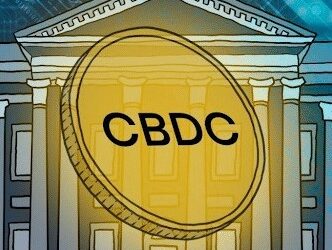




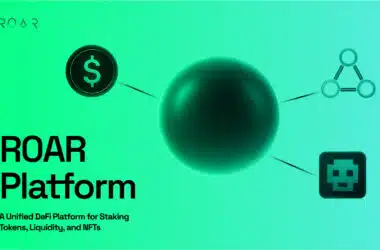
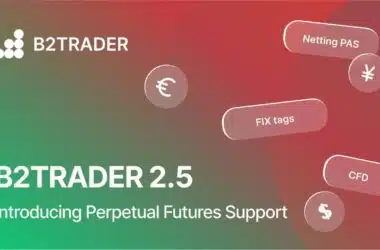
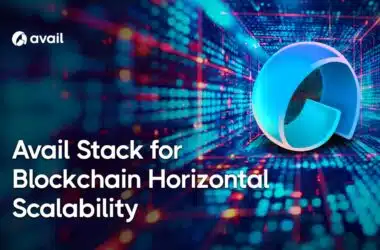

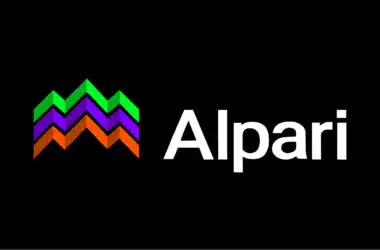

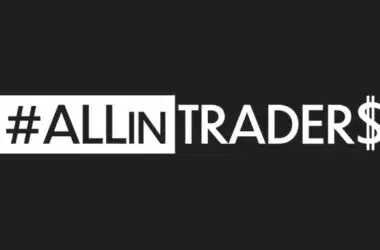
Recent Comments